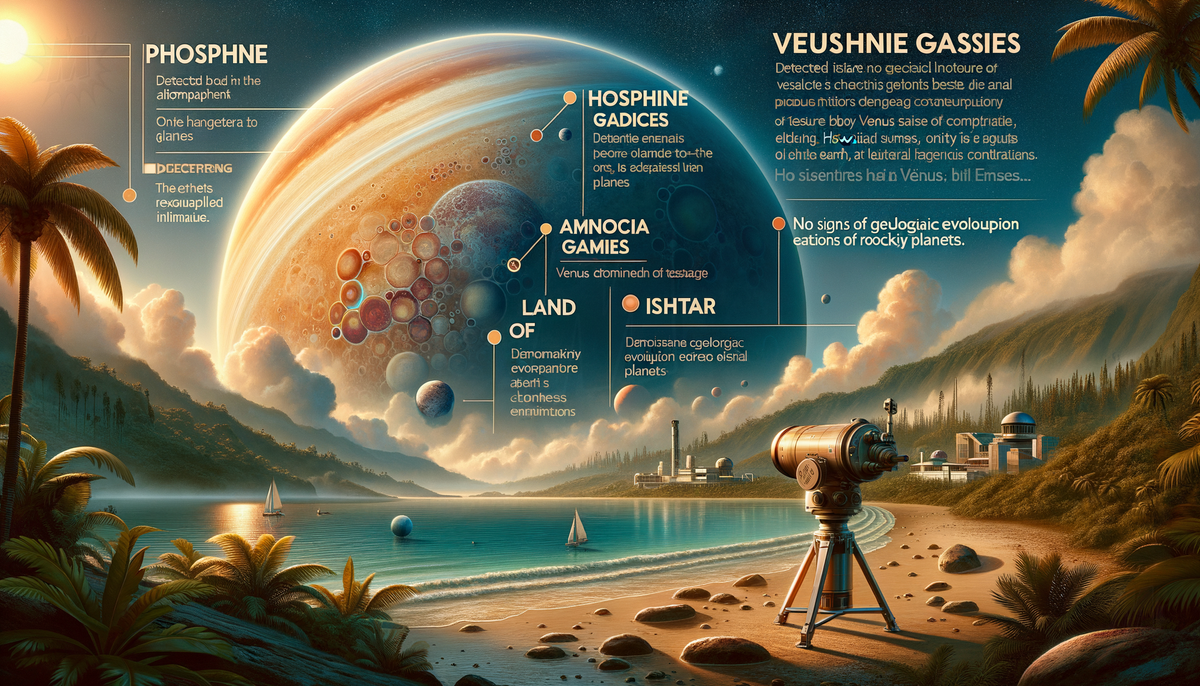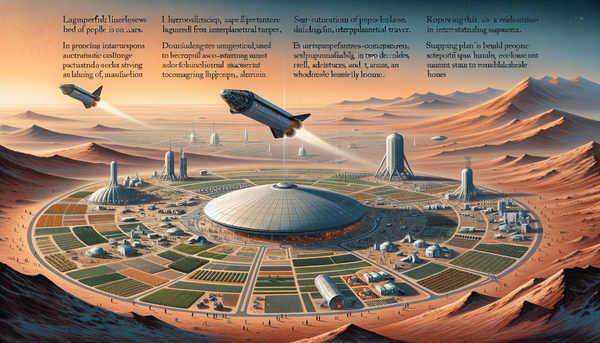New Venus Evidence Reveals Possible Life and Earth-Like Traits

Recent scientific findings have indicated potential signs of life in the atmosphere of Venus, with the detection of phosphine and ammonia gases. Phosphine, a toxic gas typically produced by decaying organic matter or bacteria on Earth, was initially detected in 2020, but faced skepticism due to inconsistent observations. New measurements from the James Clerk Maxwell Telescope (JCMT) in Hawaii, utilizing an advanced detector named Nāmakanui, have provided stronger evidence of phosphine's presence. Additionally, the detection of ammonia suggests that life, if present, might be regulating Venus’s atmospheric environment, making it more hospitable.
In parallel, a study published in Nature Geoscience has revealed that Venus may share a geological history with Earth. The research, led by Associate Professor Fabio Capitanio from Monash University, indicates that Venus's tesserae, vast plateaus, might have formed through processes akin to those that created Earth’s earliest continents billions of years ago. Using data from the Magellan spacecraft, scientists reconstructed the formation of Venus’s largest plateau, the Land of Ishtar, suggesting that it may have risen from the planet’s interior in a manner similar to Earth’s cratons. These findings could offer new insights into the geological evolution of rocky planets.




